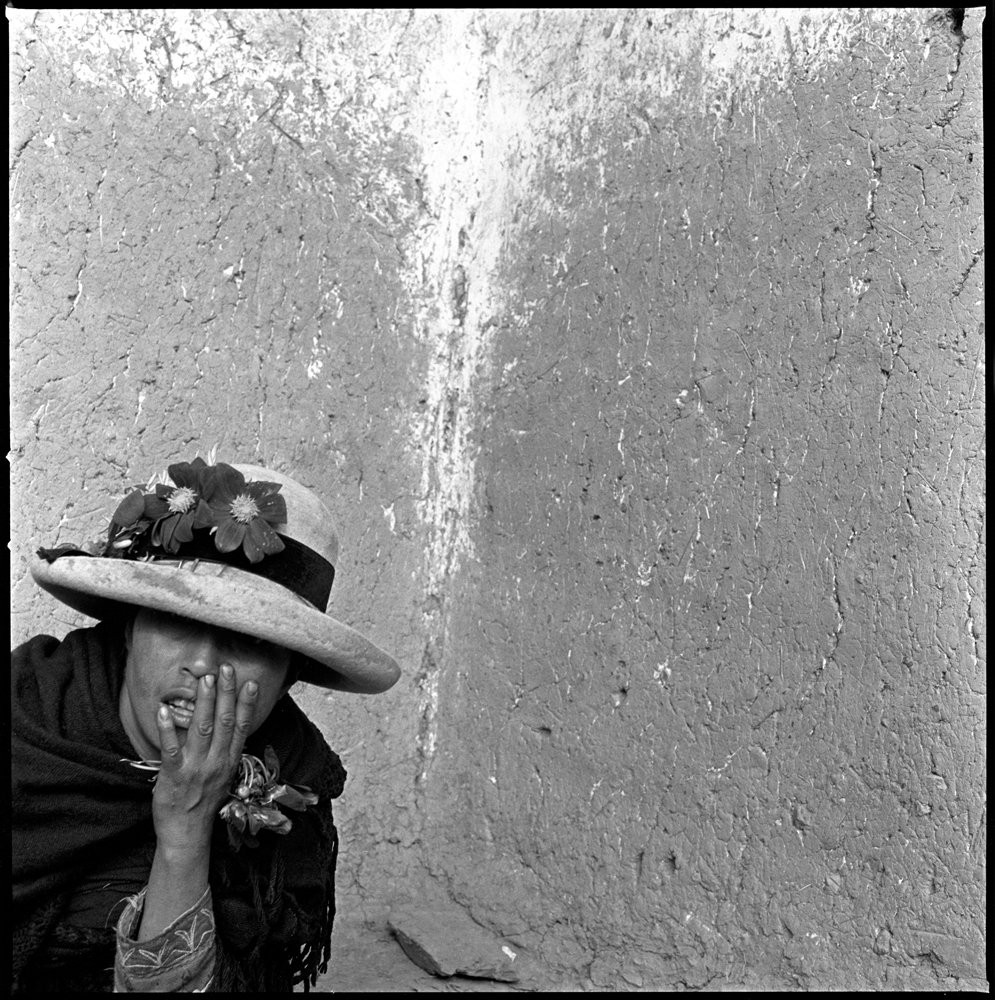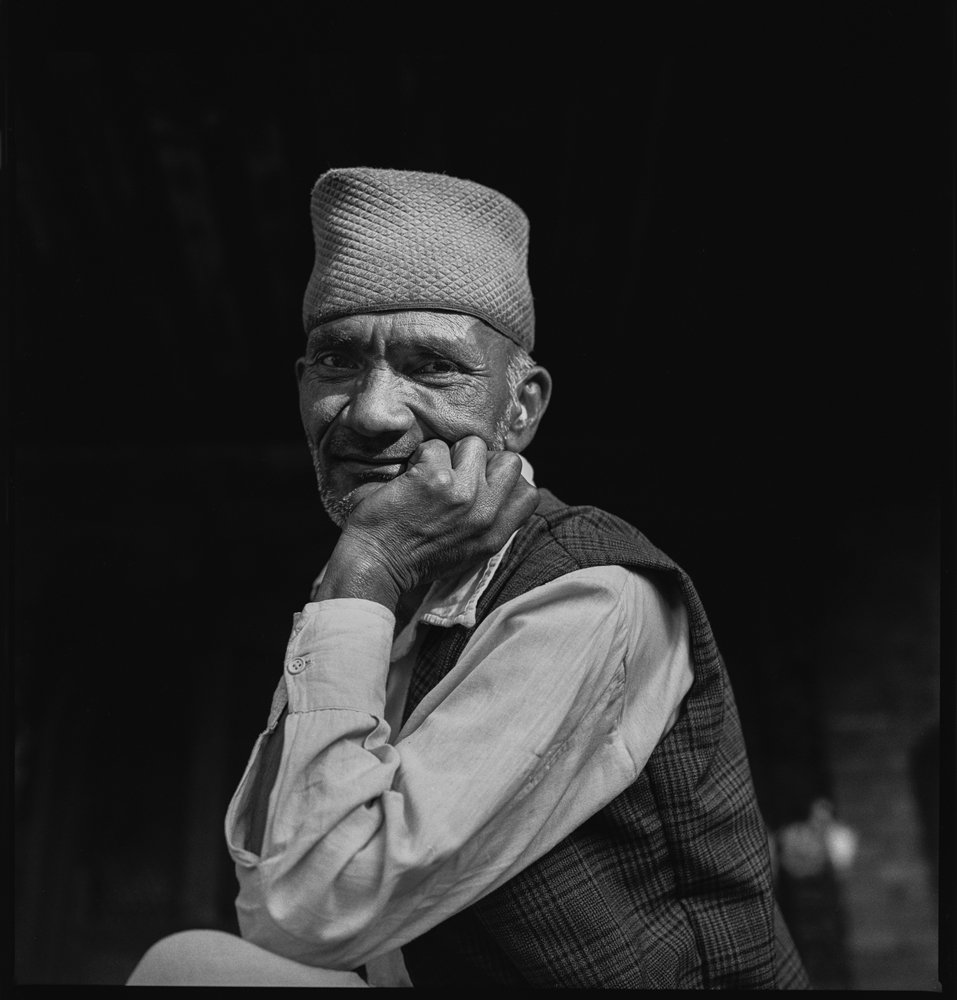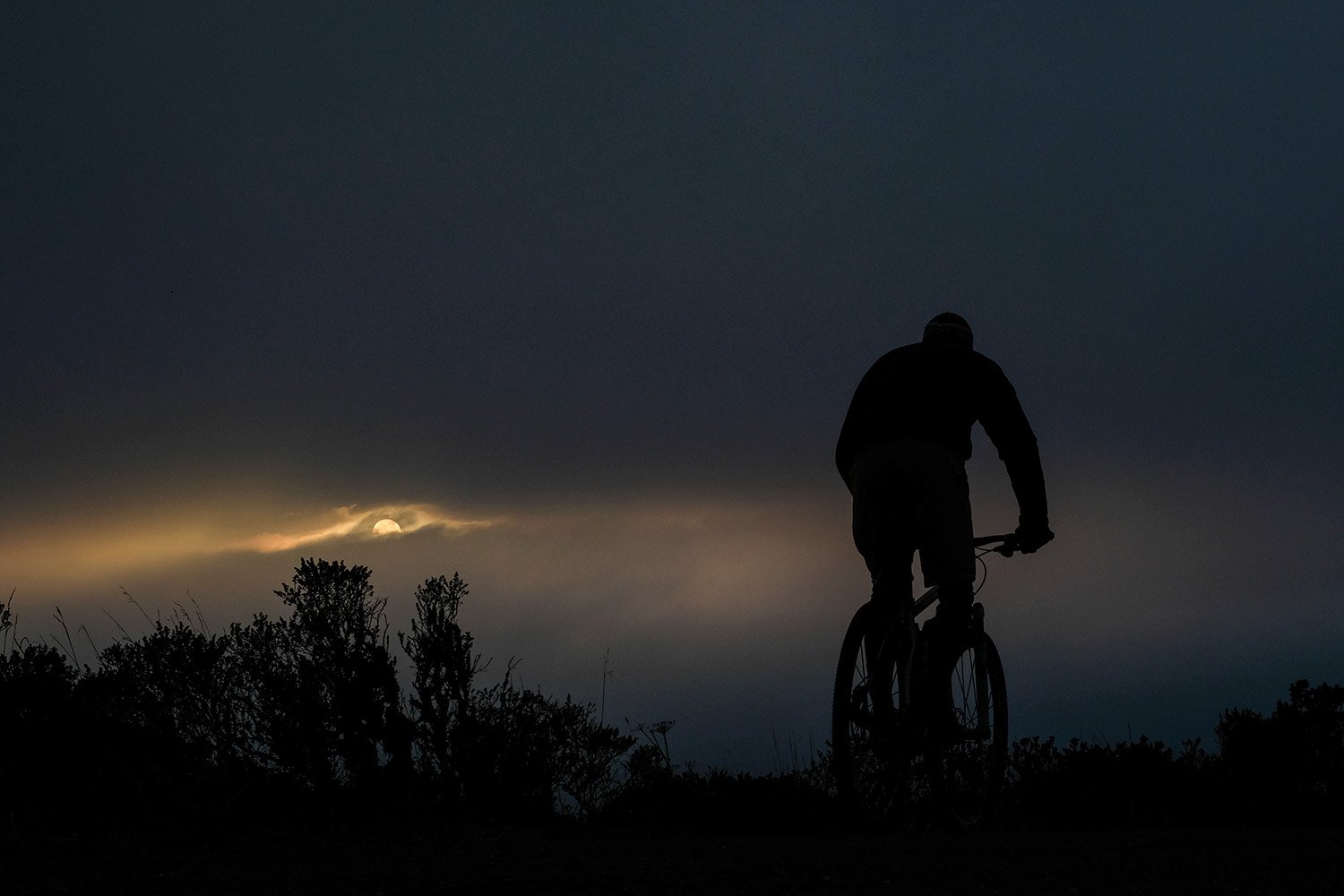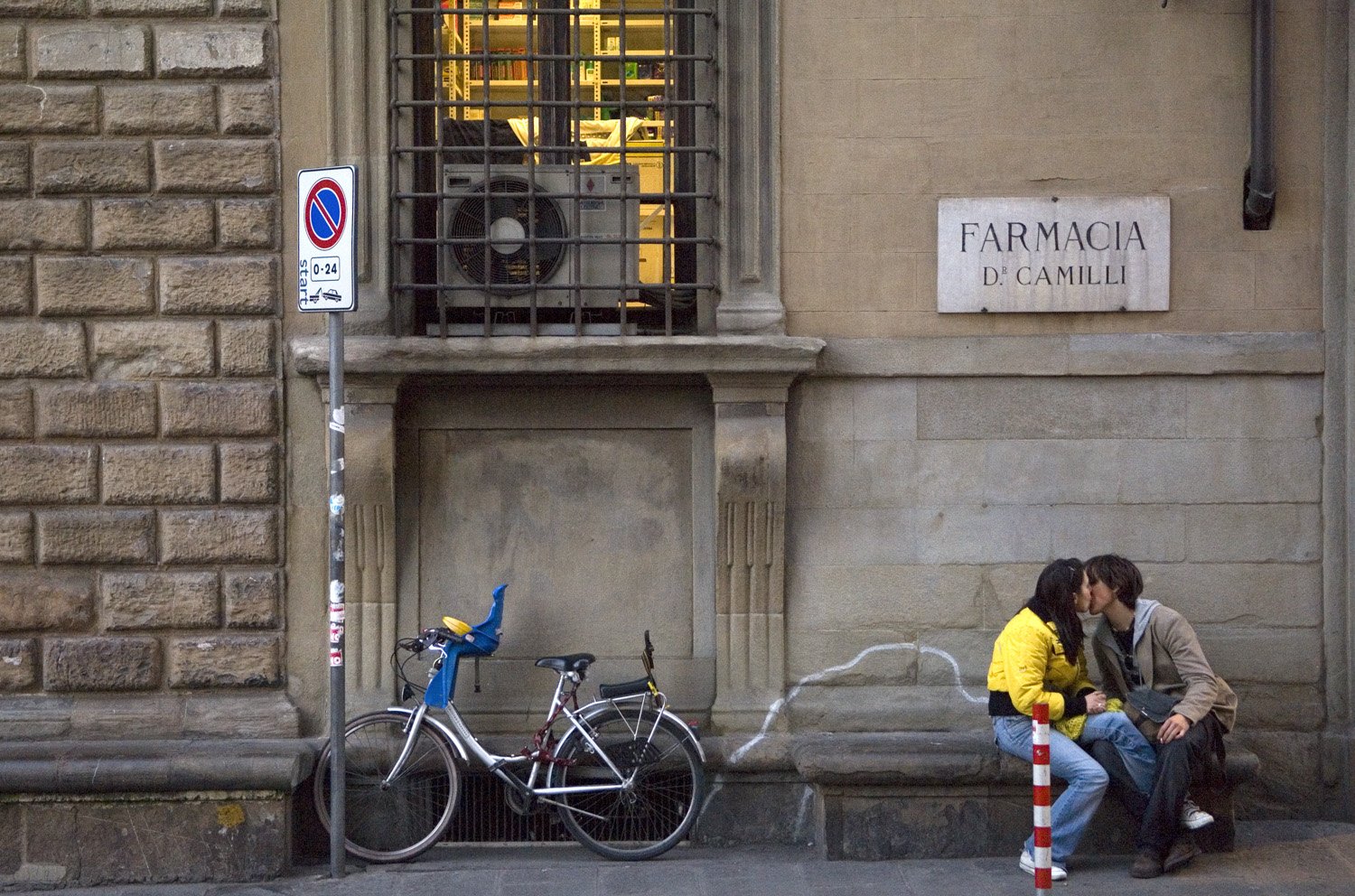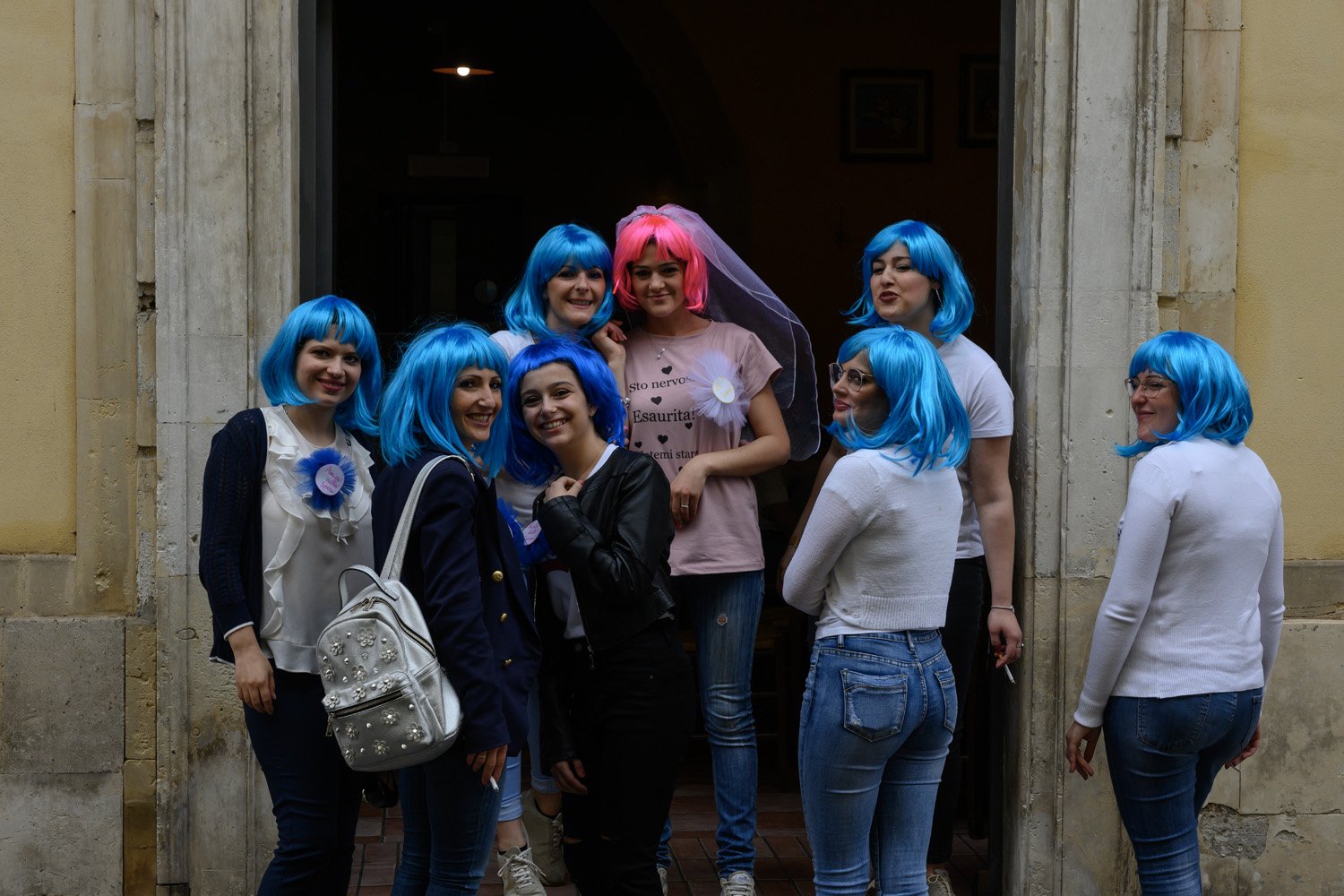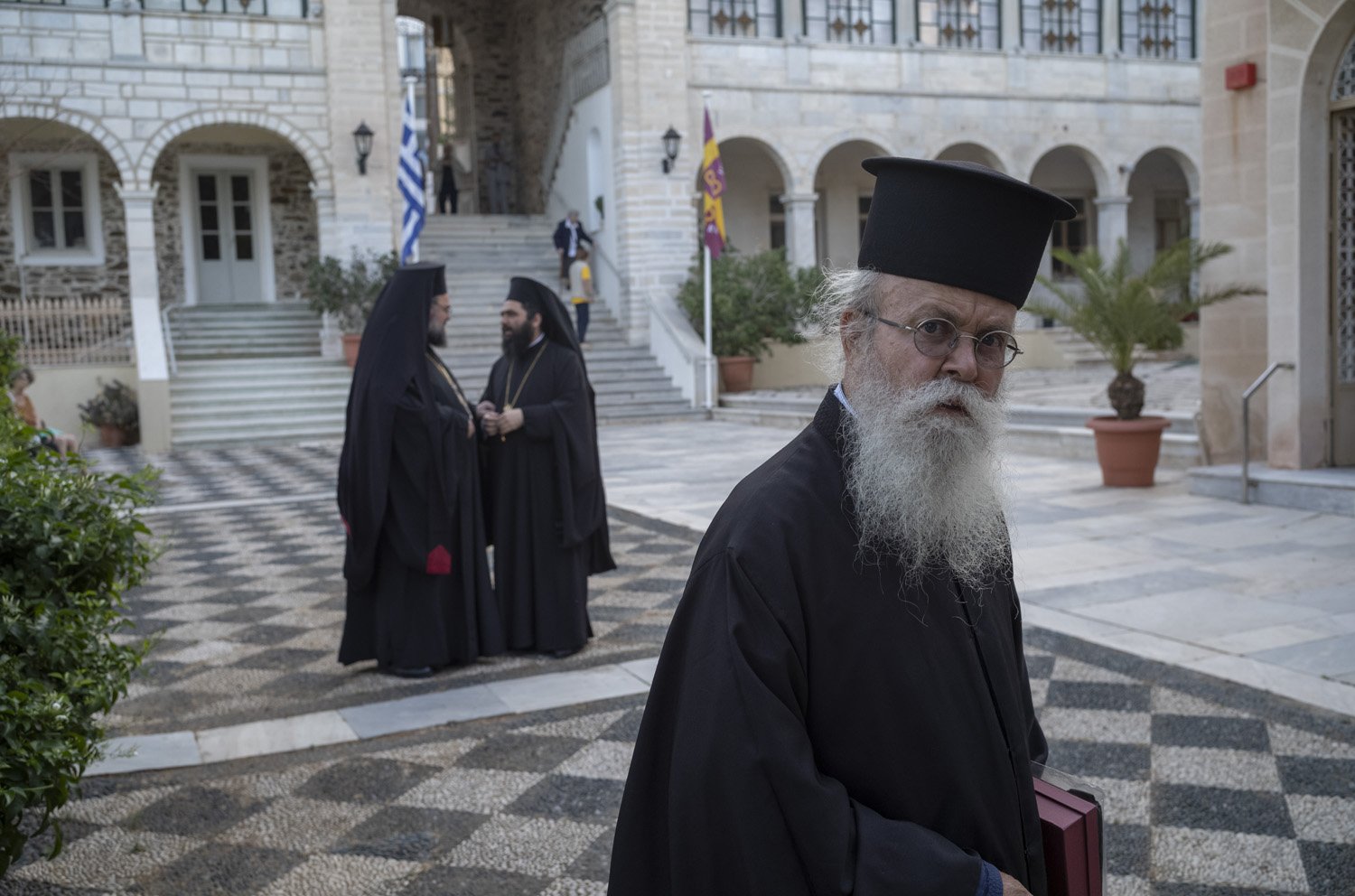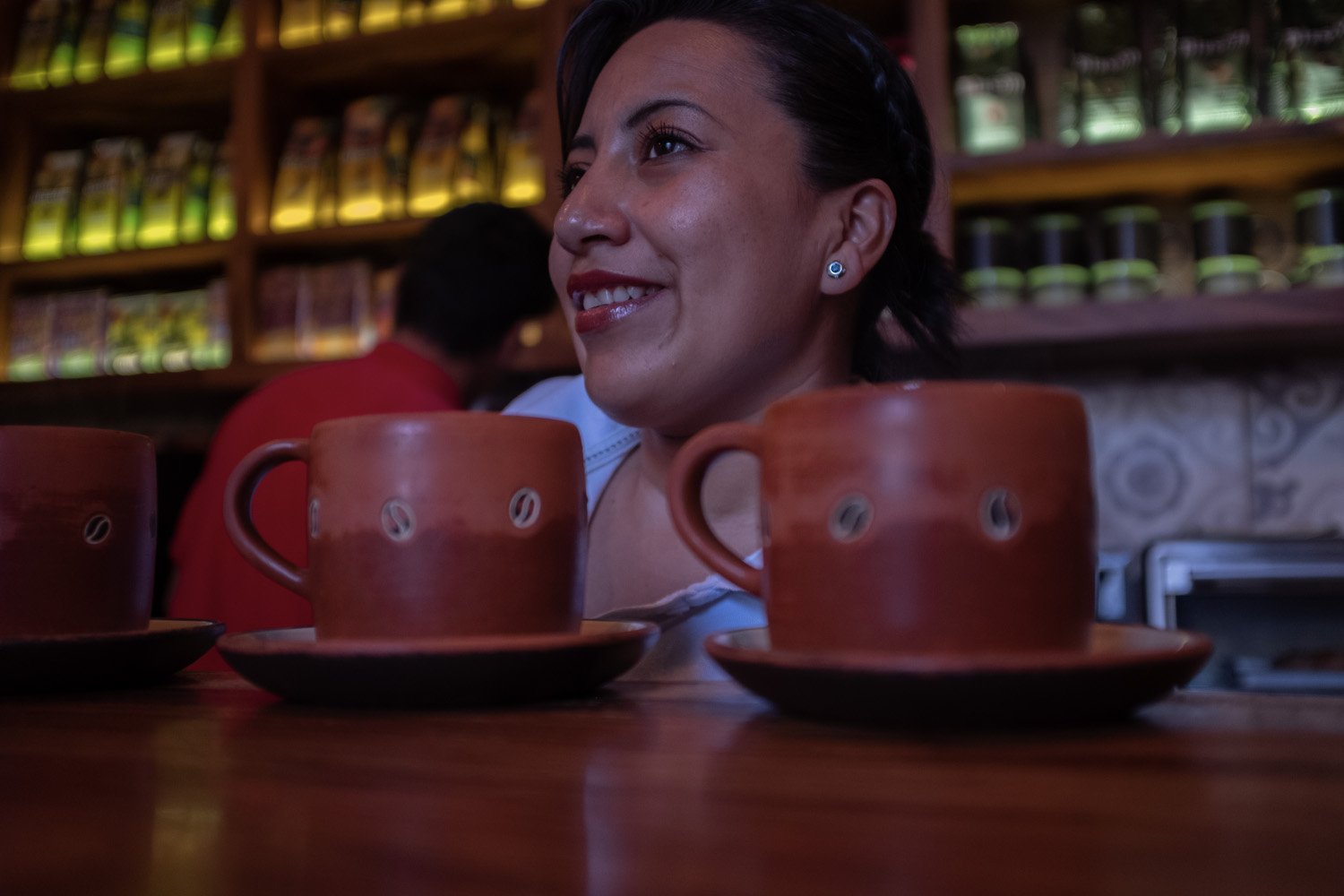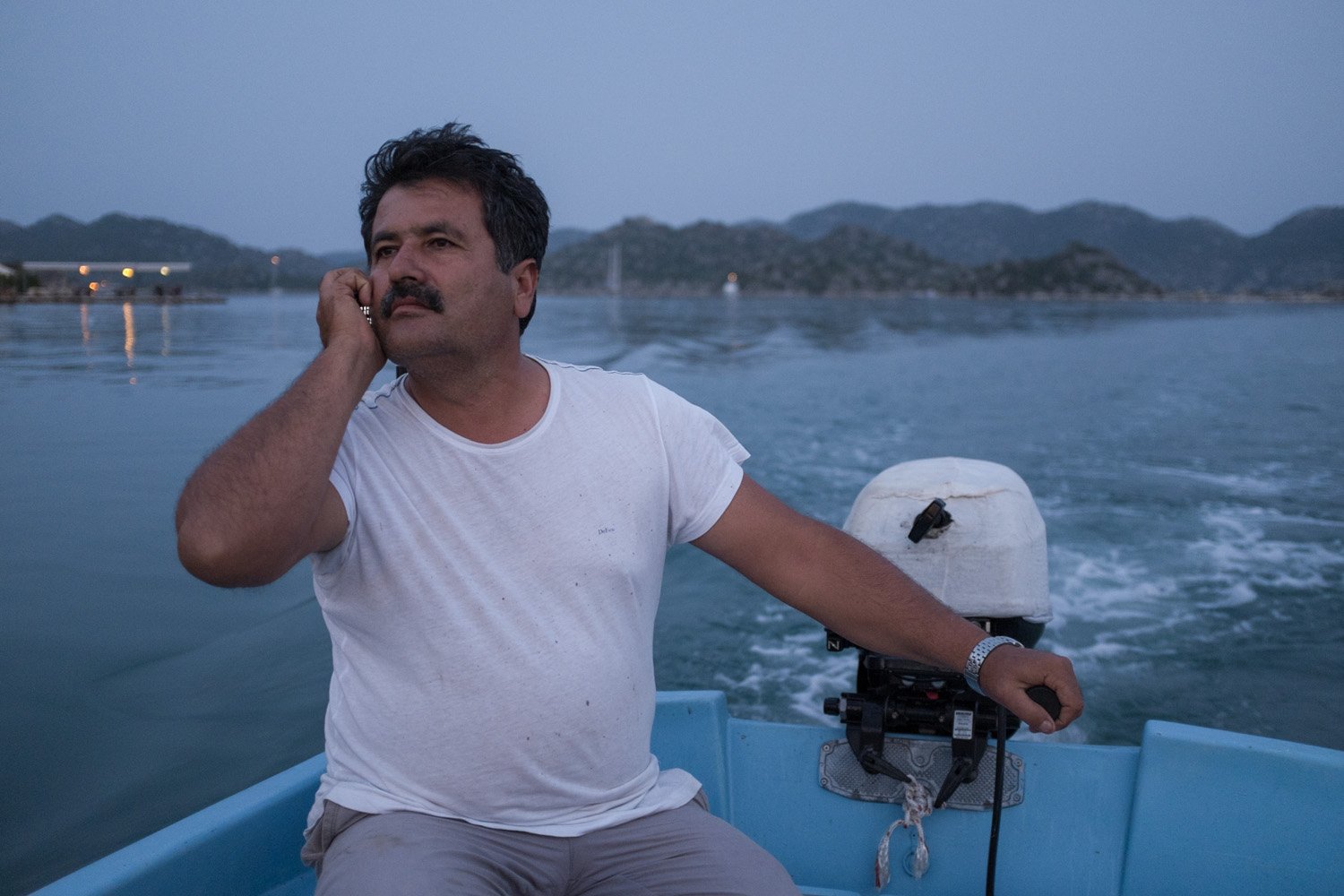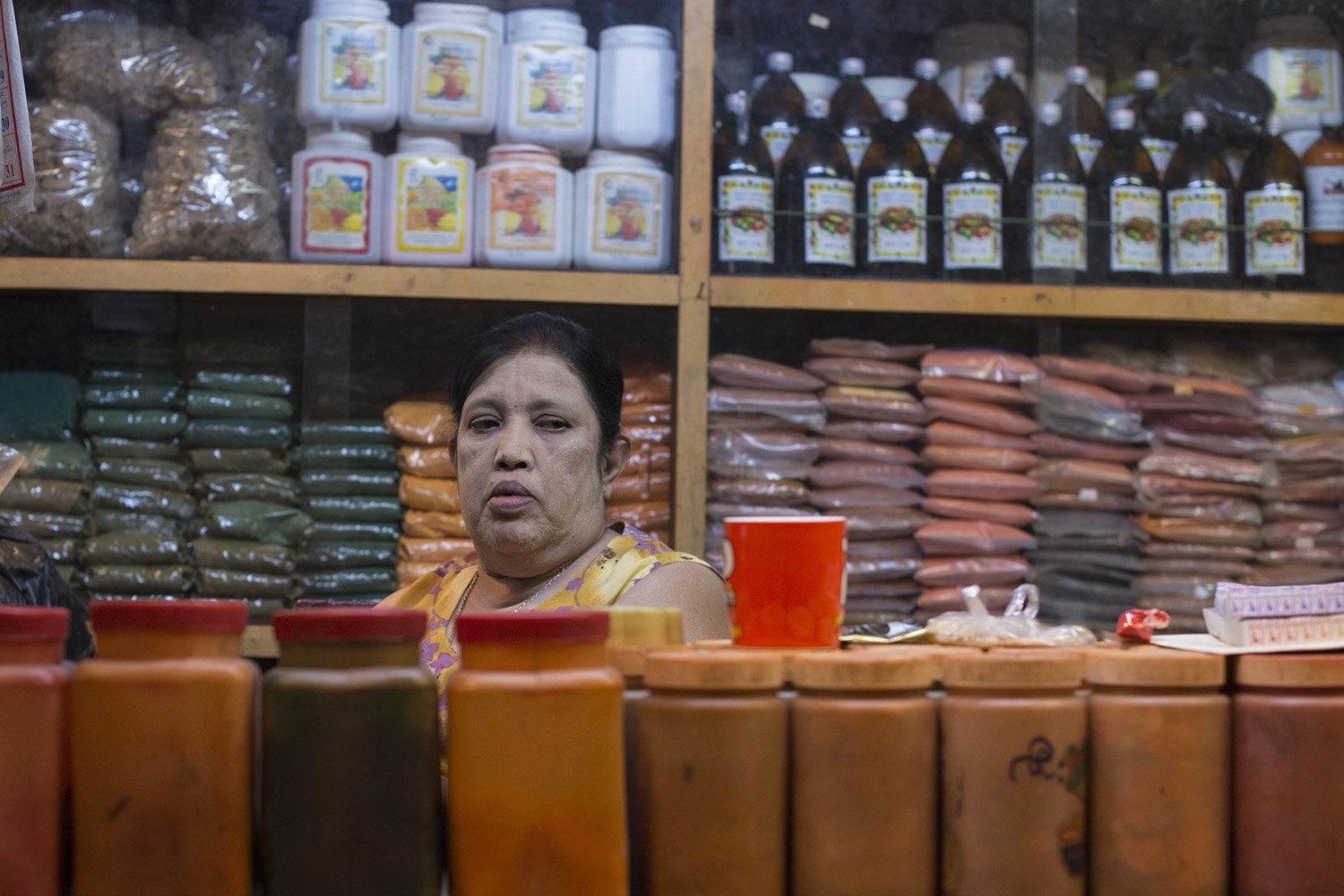Tap
Scroll
&
to see portfolios
to enter galleries
Color Slideshow at the Bottom
Pomabamba is in the Cajellón de Conchucos, or the Valley of Hats, in the Cordillera Blanca of Peru. I first arrived in Pomabamba in 1982 while on a traveling fellowship, and decided to stay for a year. The experience changed my life and cemented my commitment to photography.
After living in the high Andes of Peru for a year, I traveled to Nepal to complete my fellowship. The crowds, the temples, the cows in the streets, the clouds of incense, and the ancient mix of Hindu and Buddhist cultures was intense and at times overwhelming. The Quechua and Spanish I had recently learned in Peru were suddenly rendered useless, and I was forced to let go, open my eyes, and begin again.
Each afternoon when the light softens and the scorching heat lets up, the Havana streets that are empty all morning bustle with activity, kids playing ball, men slapping down dominoes, mechanics fixing cars, teens dancing to blaring music, bicycle rickshaws and old cars barreling through the narrow alleyways.
My father gave me a Leica M3 for my 18th birthday. It was the most precious gem of a camera, and I knew that it would become my life long friend and guide. It has never stopped teaching me how to see the world, connect with people, and practice a craft.
Before we had kids, we traveled to India and Nepal, and I carried a big, heavy Fugica 6x17 panoramic camera that got only four frames to the roll. I packed 120 rolls of 120mm film in 20 roll bricks. When we landed in Kunming, my film as x-rayed and confiscated. The police led me to a back room and pointed at an old suitcase overflowing with loose bills.
While living with my family in Rome in 2005, I took the train once a week to Florence to study bookbinding with an old master. I was captivated by the old bikes, their elegant lines set against the backdrop of the ancient sculptured walls. The bikes became my lens and link to the city.
In 2015 we traveled to Burma. It was an optimistic time, Aung San Suu Kyi had just won the election, President Obama had recently visited, and there were hopes of immanent democratic reforms. The optimism was short lived as conflicts arose with Rohingya militants and then there was a brutal and repressive military coup in 2020 and Aung San Suu Kyi is back in prison under desperate conditions.
We first traveled to Cuba in 2001, and it was like no other place we had ever been. With the recent collapse of Soviet support and the ongoing US trade embargo, it was a land of scarcity. At night the Havana streets were dark due to the lack of electricity. The few existing stores were mostly empty. Cuba is an education in how to live with less.
I first visited Oaxaca in 1982, but I was on my way to Peru, and I passed through quickly. I met a local kid in the Zocalo, and told him my plan to take the night bus to San Cristobal de las Casas. He took me to buy a bottle of Mezcal explaining that it would ease my journey. We drank it all while sitting on a park bench and I played sloppy blues on my harmonica.
In 2005-2006 we lived in Rome with our two young children. We studied Italian every weekday morning but in the afternoons I explored the city on my bike. The alleys of old Rome are like a living museum, with ancient sculptures hanging off walls and a constantly flowing river of scooters, bikes, and svelte Italians always looking their best.
Morocco was the first county that I visited outside the US and Europe. It broke open my world and spawned my yearning to travel and wander the streets with a finely tuned eye and a camera. Street portraiture in a Muslim country is challenging, because I always look for a connection when I point a camera at someone. Sometimes it is necessary to go unnoticed.
Turkey forms a land bridge between Europe and Asia. It is situated at the crossroads of the Balkans, the Caucasus, the Middle East, and the eastern Mediterranean. It is surrounded on three sides by the Black Sea, the Mediterranean Sea, and the Aegean Sea. A diverse and ancient land.
As a child my wife Leah lived in Athens for five years, and ever since she has had a soft spot for Greece, and the Greeks’ laid back approach to time. At a music camp in the Pelion peninsula, the organizer told us not to worry, “nothing starts earlier than an hour late.”
The Andes is the largest tropical mountain range in the world, and in the center is the Cordillera Blanca, home of Huascaran, the tallest mountain in Peru at 22,205 ft. It is also the most deadly. In 1972 an earthquake triggered an avalanche on Huascaran that buried a town of 30,000 inhabitants in nine minutes.
Pomabamba 2024
In 2024 I returned to Pomabamba to hang a show of my b&w Pomabamba photographs taken almost 40 years earlier. The town has changed dramatically with exponential population growth, unregulated construction, and the proliferation of private vehicles.
Huaraz, Peru
Huaraz is the landing area and departure zone for all things related to the Cordillera Blanca. It feels refreshing to arrive in Huaraz after the 12 hour night bus ride from Lima, with the white peaks glowing in the early morning sun and the bustling markets busy with campesinos buying and selling an astounding quantity and variety of produce.
Bike Stalker
After photographing bikes in Florence, I resisted the San Francisco bikes. At first the light seemed either too harsh or too flat and the cars made access to the bikes difficult. But when I started riding my bike from my home in Bernal Heights to my studio in the Mission district I began to see the vibrant bike culture and colorful streets of my own neighborhood.
Inverness
I always considered myself as primarily a street and portrait photographer, but when I moved my young family to Inverness in 2001, I fell in love with my backyard, the sweeping vast and open landscapes of the Point Reyes National Seashore. There is good reason why the local paper is called The Point Reyes Light.
Ridgerider
After the sun leaves our house in Inverness I ride up the ridge to catch a little more daylight. The mountain is always different, the light, the fog, the wind, the weather. It is a wild place that Gary Snyder once described as, “The eastern edge of the Pacific.”
Pomabamba Slideshow
These photographs are from color slides that I took in Pomabamba in the 1980’s and 1990’s. It was a simpler time, before the arrival of television and private vehicles and before the proliferation of digital cameras and social media.
Leica M Diary
My father gave me a Leica M3 for my 18th birthday, and when my grandfather died my mother offered me his collection of Leicas. The weight of the Leica has always felt secure and precious in my hand. The shutter a metallic click.
Siblings
There is a deep connection that bonds siblings, especially when they are young. They share their childhood and depend on each other to navigate the grown-up world. These years are precious and fleeting. Luckily, a few memories and photographs remain.





















